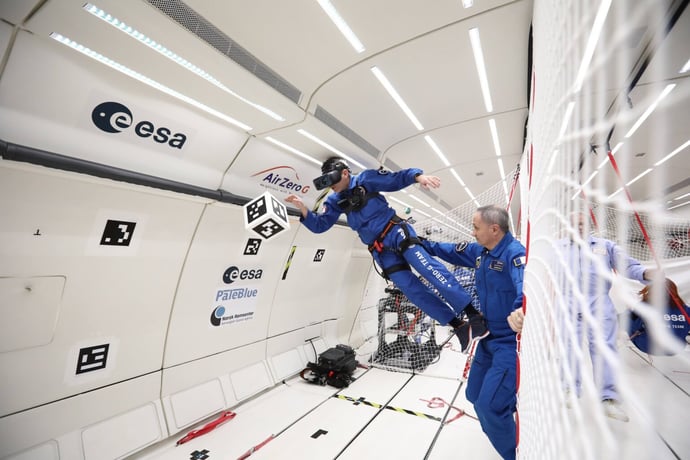Challenge: Limited Resources for Anatomy Education
Cadaveric dissection has always been the gold standard for anatomy education. Yet learning from real human specimens has been inaccessible to most healthcare students. And even for programs with access to dissection, that access is limited to a lab environment and often only in the first few years of a student’s studies.
Artistic “3D” depictions of the human body and visualizations of clinical data are widely used to address the lack of access to real human cadavers. The problem is, all of these “3D” presentations are displayed on 2D screens and in textbooks. They also lack either the realism of coming from an actual human body or the color and texture of real tissue.
The adoption of VR/XR in anatomy education has been slow. Using extended reality in anatomy education started as far back as the 1950s with stereoscopic images on cardboard discs in a View-Master. But still, to this date, virtual and mixed reality are not yet widely utilized in anatomical instruction despite the inherent benefits provided by true 3D visualization.
Greg Spitzer, COO of Toltech, believes this is due to the lack of suitable hardware and software technologies to provide a high-quality, realistic, yet easy-to-use environment with broad accessibility for widespread adoption. The key challenge is, our medical knowledge has increased tremendously over the past 30 years, but the time dedicated to anatomy education has decreased. “That’s why getting concepts across quickly, in context and with broad accessibility, has great value,” Spitzer says.







